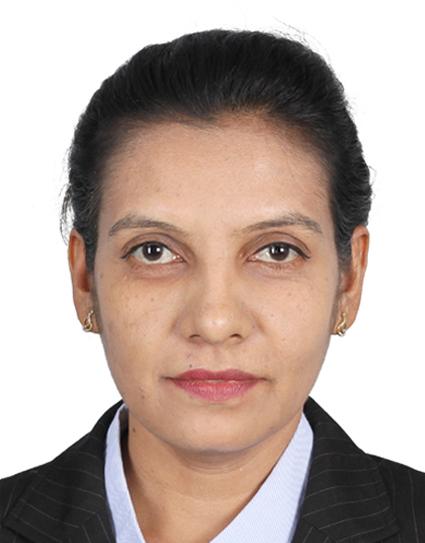Banu Sinmaz
EXECUTIVE – BUSINESS DEVELOPMENT
Banu Sinmaz is Environmental Engineer (MSc) with extensive experience in project management, design of water and waste water treatment plants and solutions, feasibility studies for environmental projects.In her previous roles, she was engaged as an Environmental Engineer, in World Bank Project, Sustainable Cities Project Component – A Consultancy Services for Preparation of Integrated Urban Water Management Plan for Selected Cities for Group 2 (Antalya). She was taking care of comprehensive data collection activities, preparation of IUWM plans and strategies within scope of this project.
Banu’s expertise include sustainable water, wastewater, storm water and solid waste management; water treatment, wastewater treatment, solid waste management solutions, sludge drying, energy from sludge and biomass, pure water demand for tribune line of the power plant, project management, procurement of environmental factories, field jobs of environmental facilities, permission of Environmental Ministry, preparation of feasibility of environmental plants, management of budget, import/export of treatment plant, second hand machinery export.
In addition, she is Occupational Safety Specialist, A-Class (2014).She enjoys travelling, sailing and scuba diving.
banu.sinmaz@climetrek.com















